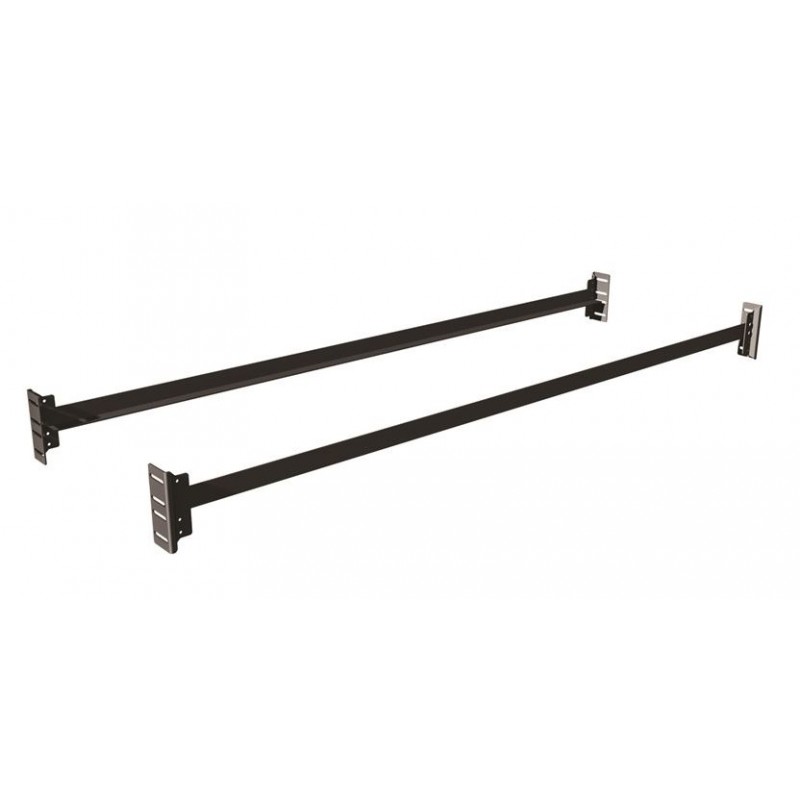

Once you determine the specifics of what you need, look for a rail that provides the right level of support, comfort, convenience and style for your budget. If you’re not sure, find a model with adjustable rails so you can find the sweet spot. Consider the rail length and height before you make a purchase. Next, determine the size of the bed and what type of bed rail will fit. Some side rails are universally designed to fit any bed size or mattress format, and others are designed for a box spring and mattress. The most important one is whether the rail is compatible with your bed. When searching for a bed rail, there are several factors to consider. Those who have chronic fatigue syndrome, Parkinson’s disease, multiple sclerosis or other conditions that cause dizziness or instability can benefit from some kind of bed side rail or support handle. However, bed side rails aren’t just for elderly adults. Other problems associated with aging - including incontinence, vision problems, dementia - elevate the risk of a fall, particularly around beds. Anyone can accidentally tumble out of bed, but a fall can be devastating to an older person's health. It also reduces the risk of rolling out once you’re on the mattress.īed rails are popular with seniors because fall-related injuries can be so severe. The railing provides a handle that you can hold on to for support while getting in and out of bed. It can be attached to the sides of the bed or installed beneath the mattress.

Manufacturers and suppliers of bedrails also have a duty to ensure that equipment is safe for use and you should refer to their instructions.What is a bed rail, and who should get one?Ī bed rail is a secure metal rail that runs along the side of a bed. HSE advises users to take into account the dimensions in British standard BS EN 1970:2000 (to be withdrawn on 1st April 2013) and BS EN 6:2010 when assessing risk and ensuring correct fitting.


Risks identified during inspection include: When bed rails are used during the course of a work activity, such as in a care home or hospital, the employer or self-employed person providing them must ensure that they are safe
#Used metal twin bed rails how to#
MHRA guidance on the 'Safe Use of Bed Rails' (Device Bulletin DB 2006(06)) and details of when and how to contact them can be found on the MHRA website. MHRA enforces the Medical Devices Regulations and the General Product Safety Regulations to ensure medical devices are acceptably safe. Poorly fitting bed rails have caused deaths where a person's neck, chest or limbs become trapped in gaps between the bed rails or between the bed rail and the bed, headboard, or mattress.īed rails are 'medical devices', which fall under the authority of the Medicines and Healthcare Products Regulatory Agency (MHRA). However, accident data shows that bed rails sometimes don't prevent falls and can introduce other risks. Although not suitable for everyone, they can be very effective when used with the right bed, in the right way, for the right person. Please note if you are a provider registered with CQC, and with premises located in England, CQC is the relevant regulatory body for patient safety matters What is the risk?īed rails, also known as side rails or cot sides, are widely used to reduce the risk of falls.


 0 kommentar(er)
0 kommentar(er)
